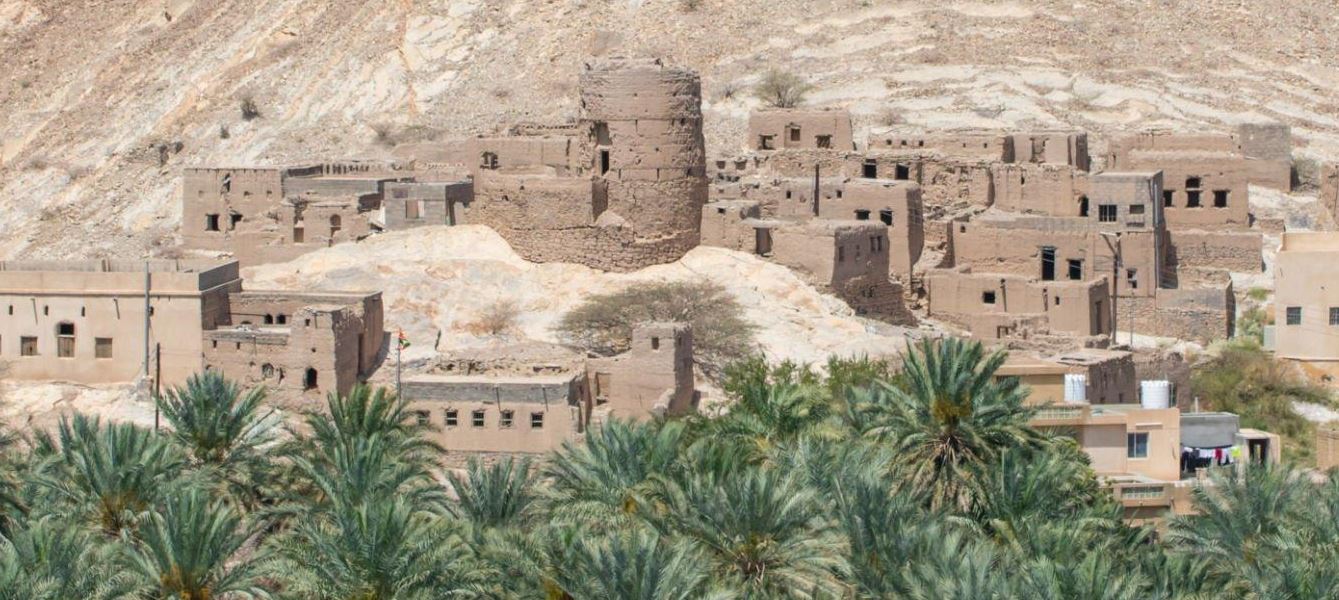Oman regularly alludes to the Middle East’s “hidden treasure.” It is concealed. Oman has not been a popular tourist destination despite being the oldest sovereign Arab state in the world. You might picture dunes, market stalls, and Arabs riding camelbacks into the sunset if you imagine traveling to Oman. And while all of that is true, it is an inaccurately limited image of the many fantastic things to see in Oman. In this article, we will help you with the tour guide. In this tour guide, you will know the places you can visit in Oman for a pleasant holiday. Let’s start.
- Bahla
- Salalah
- Ras al Jinz
- Musandam Fjords
- Boating excursions to see the coastlines and mountains rising out of the ocean.
- Dolphins from a Watercraft or traditional Omani sailboat.
- Diving in seawater.
- This area is one of the greatest in Oman for environment enthusiasts to visit because of the limited population and rich animals.
- Wahiba Sands
- Muscat
The northern Oman city of Bahla is yet another fantastic tourist spot. Bahla is a desert oasis that has long been a resting place for travelers. Bahla, about 40 kilometers from Nizwa, is home to a magnificent and significant fort.
The Banu Nabhan family had extensive power over the Bahla Fort in the 1300s as it was built. In contrast to touring the Bahla fort, visitors may also explore the adobe-built castle walls over seven kilometers long. Bahla is well recognized for its great assortment of regional ceramics if you’re looking for souvenirs.
Salalah, located in Southern Oman, is occasionally referred to as Muscat’s second-largest rival. As the homeland of Qaboos, who ruled Oman as a monarch until 1970, Salalah has special significance. When visiting Salalah, you may marvel at the magnificent Qaboos Castle and take in the Haffa, or Old Town, for its more historic buildings.
By exploring the Al Baleed Archaeological Site, you can travel even deeper back in antiquity. Buy some frankincense from the bazaar inside the Haffa because Salalah is renowned for its incense trade. The coastline near Salalah is turned into a verdant paradise featuring annual cascades and streams during the monsoon summer months of June to August, thanks to the constant rain brought by rainy clouds from India.
Ras al Jinz, a tortoise sanctuary, is located on Oman’s most eastern point and aids in preserving and repopulating the Indian Ocean’s marine turtles population. You might see turtle nesting sites along the seaside if you’re in the summer or even between May and October. Users could even observe the baby sea turtle hatch and head out to sea.
It is feasible to travel to the turtle preserve as a day excursion from Muscat; however, most tourists stay the night just at the hotel and explore additional sites like the Turtles Welcome Center and Museums.
Oman’s northeastern region, the Musandam Peninsular, is divided from the rest of Oman by the UAE. Some of this area is incredibly remote, and people from seaside and mountainous settlements have long called these places home. The northward-extending Musandam Fjords provide a stunning view.
A Journey To The Musandam Fjords May Include:
The Wahiba Sands are a vast area of miles-long desert dunes in the middle of Oman. This is the home of the Bedu tribe and serves as a popular tourist spot for all those looking to experience genuine, ancient, and genuine Oman.
Join a trip that allows you to travel on a camel’s back and sleep within the dunes beneath the starlight to learn about the nomadic existence inside the Wahiba Sands. Most organized trips start in the town of Ibra, the primary entrance to the Wahiba Sands.
Muscat is probably the place you will go to when you only visit a single destination in Oman. The city has it all with its garrisons, castles, galleries, and marketplaces. The Qasr Al Alam Royal Castle’s interiors cannot be visited; however, you may tour the harbor to get a close-up glimpse of the magnificent building.
The dual forts of Al Jalali and Al Mirani, which have been transformed into galleries and therefore are open to the general public, are keeping watch over the palace. On most days, non-Muslim visitors can also explore the magnificent Sultan Qaboos Grand Mosque and take in its highlights, which include a considerable chandelier, marble slab backsplash panels, and the foremost Persian carpets throughout the entire world.
Conclusion
Oman is a beautiful place to visit, and you will learn a lot about culture and nature. Always check on the weather because it can be a worrying factor for you. It is advised to hire a local guide so that you can get a good experience on your trip.






